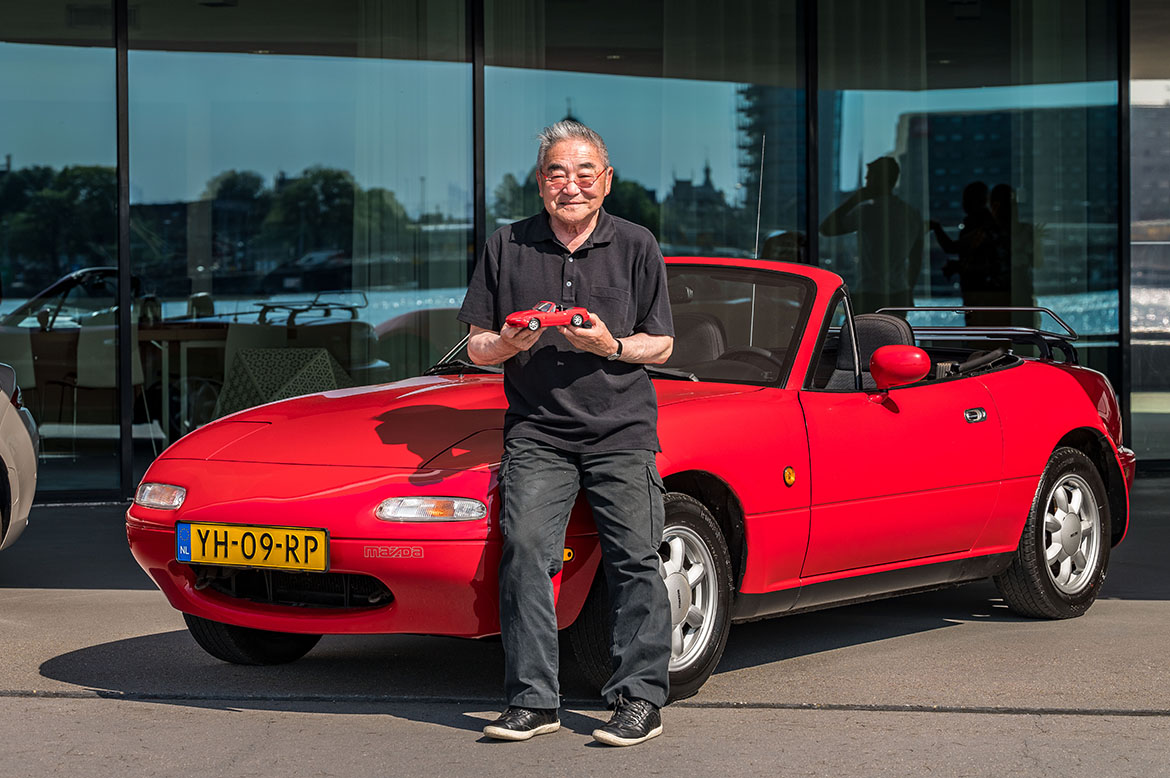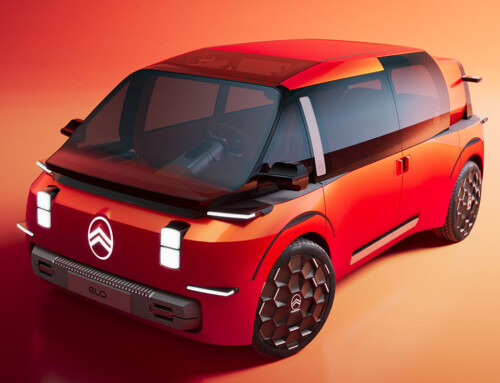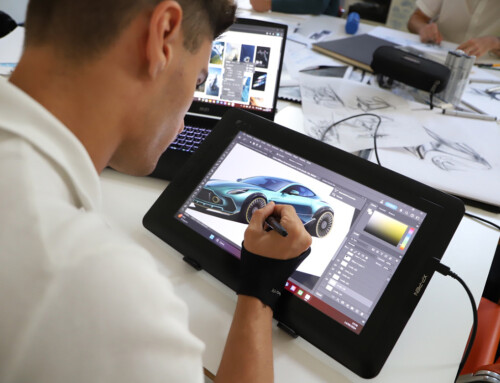Tom Matano, the renowned automotive designer famous for creating the Mazda MX-5, has passed away. Born in Nagasaki, Japan, Matano’s passion for cars led him to the United States, where he embarked on a long career working for various automotive brands. After graduating from the Art Center College of Design in California, Matano began his professional career at General Motors. He then moved to Germany to work for BMW, and in 1983 he joined Mazda, where he created the car that would make him famous: the legendary MX-5 roadster, which first saw the light of day in 1989.
We are republishing one of his last interviews, conducted on February 2, 2023.
What are the biggest challenges and successes when it comes to designing a car?
Tom Matano: “Your initial design concept has to make it to series production without losing its essence, passing the meticulous scrutiny associated with product design and the production phase. In my time, we achieved this with the RX-7 FD, Miata NA/NB, MX-6, and Mazda3. Mazda’s great team of engineers supported the stylistic vision and worked with us.”
What are the differences and similarities between designers from different generations?
Along with new technologies, there are new materials and ever-evolving manufacturing processes that influence the outcome of the design. Other factors are regulatory changes that influence fundamental changes in architecture, such as safety or fuel consumption standards that require much greater aerodynamic efficiency and lower weights. Or the movements towards zero emissions/zero carbon sustainability.
What is your main memory when you look back on your career at Mazda?
“I was able to use all my knowledge and life experience working in the United States, Europe, and Japan, and collaborating with the best talent in the world. For example, Mazda designer Ikuo Maeda. He was a key player during my career and was my mentor in the United States when we began developing our design vision and philosophy in the late 1990s. Ikuo Mazda has become a true world leader in design”.










